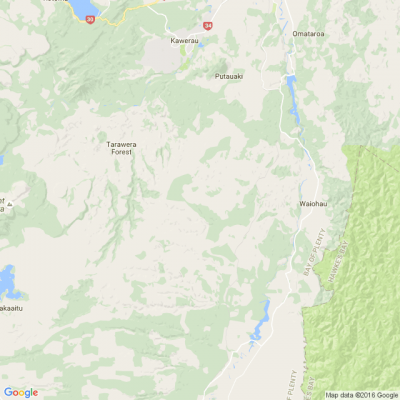
Know what’s happening
Access the private noticeboard for verified neighbours near you. Keep informed about any suspicious activity, send urgent updates to your neighbours when required and discuss emergency planning.
Get to know your neighbours
Browse the directory and start getting to know your neighbours. Don’t want to post to the whole neighbourhood? Send a private message.
Buy, sell and give away
Want to declutter your garage? Buy some used household items? Give away some garden stuff? Become a verified neighbour to browse and post items for sale. Trading is simple when everyone lives nearby.


Thank you for using Neighbourly
You may receive an email confirmation for any offer you selected. The associated companies will contact you directly to activate your requests.
Mei Leng Wong Reporter from NZ Gardener & Get Growing
Dear neighbours,
Every month, NZ Gardener runs a series of tested reader recipes using a seasonal crop. We are now on the hunt for spinach recipes, so send your best ones to mailbox@nzgardener.co.nz before July 26, 2021.
Every published recipe wins a copy of our special edition Homegrown Recipes.
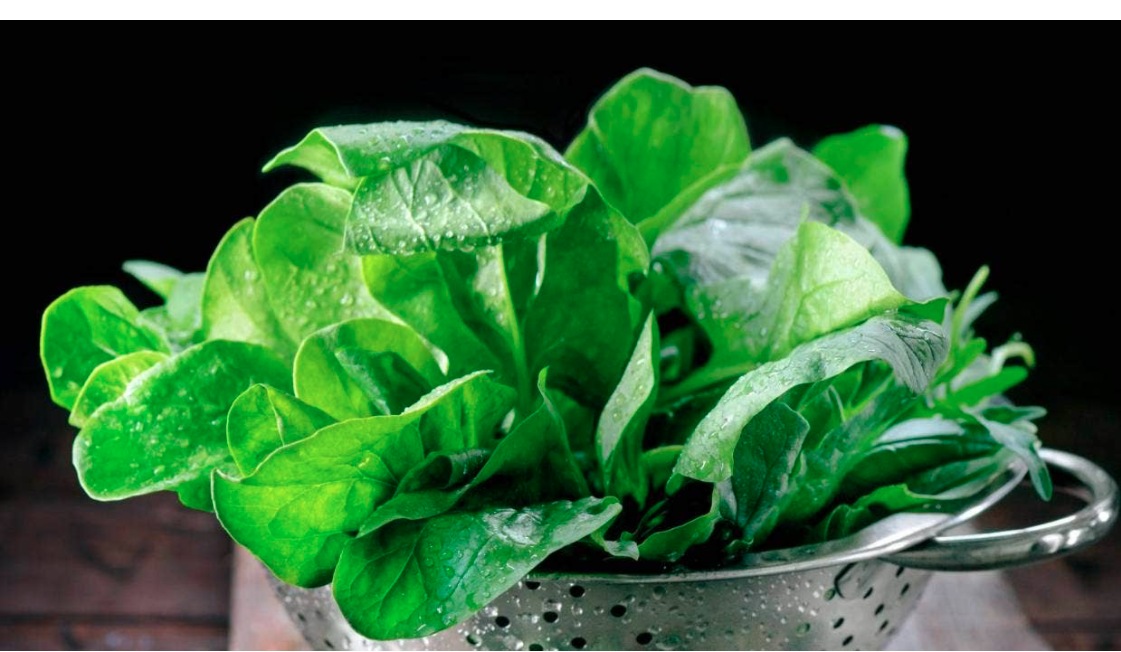
Peter Williams reports a natural cream that supports his joints and helps to keep him active.
“When I get up in the morning, I want to know that my joints are healthy, flexible and ready for the day.”
“I recommend Koru FX cream by Koru Nutrition. It’s New Zealand made, natural, fast … View morePeter Williams reports a natural cream that supports his joints and helps to keep him active.
“When I get up in the morning, I want to know that my joints are healthy, flexible and ready for the day.”
“I recommend Koru FX cream by Koru Nutrition. It’s New Zealand made, natural, fast acting and long lasting. It has become NZ’s #1 fastest growing topical joint and muscle support cream and I can see why.”
“Ask for Koru Nutrition’s Koru FX cream next time you’re in the pharmacy and try it for yourself.”
Find out more

Robert Anderson from
If your child is a real movie lover, then here are some Movie Magic activities to keep them busy over the school holidays.
Think outside the box (excuse the pun!), and create some real movie magic in your own home. Here are a few indoor ideas to get you started.
At home movie theatre … View moreIf your child is a real movie lover, then here are some Movie Magic activities to keep them busy over the school holidays.
Think outside the box (excuse the pun!), and create some real movie magic in your own home. Here are a few indoor ideas to get you started.
At home movie theatre experience: It’s always nice to go out to the movies, but you can recreate that movie theatre feel at home, and turn an ordinary DVD, or streaming movie, into a real experience. Not only will your children have lots of fun, but with so many things to organise it will entertain them for a whole day or more.
Firstly choose a movie, and have your kids make a movie poster to advertise that it is ‘Coming Soon’ to your ‘at home’ theatre. Stick the poster to your lounge window, or if you’re really brave – to your letterbox.
Make invitations to attend the official premiere, and send them to your children’s friends with details of date, time and occasion. If you want, ask everyone to dress in fancy clothes so that the premiere can be extra special.
Set your lounge or theatre room up with rows of chairs, cushions or beanbags, and roll out a red carpet for your guests. If you don’t have a red rug, make a pathway with garden stakes up to your door, and tie on lots of red balloons. Make sure the curtains are closed, so the room is dark like a real theatre.
As your children’s guests arrive, greet them with a bag of sweet ‘n salty popcorn or a chocolate dipped ice-cream, and usher them to their seat with a torch. The premiere will be the talk of tinsel town!
Make your own movie: Think you might have a budding peter Jackson in the house? Have your children make their own movie with a video or sports camera, or even on your mobile phone. They can do the post-production editing using free phone apps, or there’s simple, free software you can download onto a desktop computer.
They will have to come up with a storyline first, and then spend time putting it together. You can even take them right through the process of drawing a movie storyboard and writing a short script. Of course there will also be the grand opening premiere at the end.
In some cities there are ‘movie making’ holiday programmes available, specifically using the computer. Start by asking your child’s school if they know of any movie making workshops, or check out your local computer shops. If all else fails, advertise at your local polytechnic, university or high school for a capable student who can help out. Give your child a few hours with an expert, and you’ll be amazed by what they come up with.
Hollywood ‘Walk of Fame’ paver: Nothing says Hollywood like a ‘Walk of Fame’ paver, and there are two ways to make one depending on the age and stage of your child. You can either buy a concrete paving stone and simply paint on their details, along with painted hand prints, or make a concrete paver right from scratch.
To make a mould, cut the bottom off a plastic bucket so you’re left with a dish approximately 5 cm deep. Mix up some quick set concrete and pour it into the dish. Using a stick (or the end of a paintbrush), draw on the Hollywood star and write your child’s details, then have them press their hands into the centre of the star.
Decorate the paver by pressing in pieces of coloured glass, tiles, old coins, marbles or shells. After 24 hours, or once the concrete is completely set, remove the paver from the mould and it’s ready to grace your ‘Walk of Fame’.
Keep reading: www.curtainclean.co.nz...

Are you or someone who know looking to start an apprenticeship? Check out our current job listings around the country!

Buy any red testpot from your local Resene owned ColorShop between 13-31 July 2021 and Resene will donate $1 to CureKids Red Nose Day!
The more red testpots you buy, the more will be donated! Offer applies to all retail purchases of Resene red testpots (excludes metallics and wood stains).
… View moreBuy any red testpot from your local Resene owned ColorShop between 13-31 July 2021 and Resene will donate $1 to CureKids Red Nose Day!
The more red testpots you buy, the more will be donated! Offer applies to all retail purchases of Resene red testpots (excludes metallics and wood stains).
Help us make a difference to the health of kiwi children.
Find your local Resene ColorShop
Find out more

Colleen Hawkes Reporter from Homed
We think this was the best apartment on The Block NZ: Firehouse in Kingsland. Stacy and Adam did a stellar job, and now it is going to auction for a second time, on July 28. 2021. Great character apartment, great location.
10 replies (Members only)
Hi there!
Here at Trade Me we're chuffed to let you know we’ve launched our Kindness Store again for winter, supporting KidsCan and the great work they do making sure our tamariki have a fair start – after all, little Kiwis can’t learn when they’re hungry, wet, and cold.
We’ve… View moreHi there!
Here at Trade Me we're chuffed to let you know we’ve launched our Kindness Store again for winter, supporting KidsCan and the great work they do making sure our tamariki have a fair start – after all, little Kiwis can’t learn when they’re hungry, wet, and cold.
We’ve stocked the store with all the essentials. Think fleece-lined rain coats and shoes to keep kids warm and dry, and warm, healthy food.
Just pick, click, and give now – we take care of the rest, making sure your purchase gets to KidsCan.
Learn more
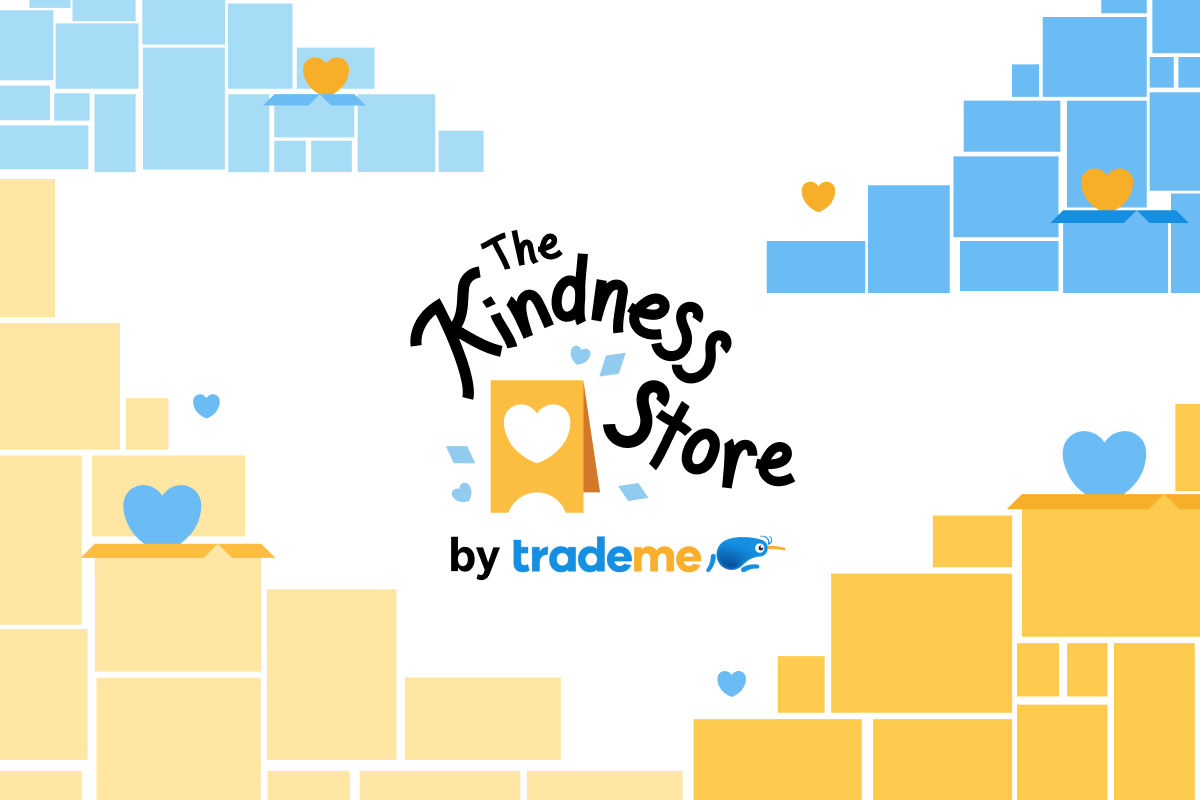
Are you renting? Recent changes to the Residential Tenancies Act (RTA) make it easier for tenants to make minor changes to the rental property and improves the security of tenure. 🖼️🏠🔑
See the full list of changes, including a template for requesting to make a change to the property, on… View moreAre you renting? Recent changes to the Residential Tenancies Act (RTA) make it easier for tenants to make minor changes to the rental property and improves the security of tenure. 🖼️🏠🔑
See the full list of changes, including a template for requesting to make a change to the property, on the Tenancy Services website 👉bit.ly...
You can also read our story about the recent changes - and more - in our latest edition of the SuperSeniors newsletter 👉 bit.ly...

Robert Anderson from
Brace yourself. Severe weather is on its way for parts of the country and experts predict at least two days of icy temperatures, howling gales and torrential rain. Get the temperature up while keeping your power use down.
Our energy-saving tips will help reduce your overall electricity … View moreBrace yourself. Severe weather is on its way for parts of the country and experts predict at least two days of icy temperatures, howling gales and torrential rain. Get the temperature up while keeping your power use down.
Our energy-saving tips will help reduce your overall electricity consumption, meaning you won’t feel guilty for having a toasty home.
1. Don’t fear the electric blanket: they cost little to run (just over $10 per winter if used every night), especially compared to electric heaters. But only sleep with it on if it has a delay timer that can switch it off after a few hours. And it’s important not to neglect heating your bedroom – the World Health Organization recommends keeping bedrooms at 16°C.
2. Break out the crock pot: running a slow cooker all day uses a third of the electricity compared with cooking a roast in an electric oven for two hours.
3. Check your heat pump filter: it needs vacuuming every three months. The good news is it’s easy – just slide the cover off the front of your heat pump, lift out the filter and hoover away. If you haven’t cleaned it all year, you’ll immediately notice the difference. You don’t need to pay for a pricey heat pump service to get this sussed.
4. Clean your clothes dryer’s lint filter: don’t put your vacuum cleaner away just yet. Remove your clothes dryer’s lint filter, then give it a lux as well. This can significantly improve your dryer’s energy efficiency, thereby reducing its running costs.
5. Draught-proof your home: are your door hinges loose or your window latches rattly? Grab a screwdriver and tighten them up. This reduces the chance of nasty draughts blowing through your home. If that doesn’t work, buy some vinyl strips that adhere to the insides of the window frames to achieve a better seal between the window and the frame.
6. Cheapo double-glazing: you don’t have to be made of money to improve the heat retention of your windows - DIY window film, which fits across your frame and sits a little off the pane, can cost less than $10 per pane. You simply fit it to the frame to create an insulating layer of air between your room and the cold glass. Alternatively, taping bubble wrap to the window frames will achieve the same effect.
7. Light smarter: switch from your old incandescent, halogen or compact fluorescent (CFL) bulbs to LEDs. They use far less energy and last much longer.
8. Check your power deal: visit Powerswitch.org.nz to see if you could be getting a better deal for power elsewhere. If you’re on a spot-based tariff, consider switching for the winter to avoid the high spot prices currently experienced on cold winter evenings.
9. Shower smarter: grab a 10L bucket, chuck it under your shower and start timing. If it fills in less than a minute, your showerhead is a water-waster. You can snag a low-flow, energy-efficient showerhead for less than $100.
10. Revisit your childhood with a wheat bag or hot water bottle: it costs next to nothing to fill a hot water bottle or heat a wheat bag, and they’re a great way to keep the bed warm in a pinch.
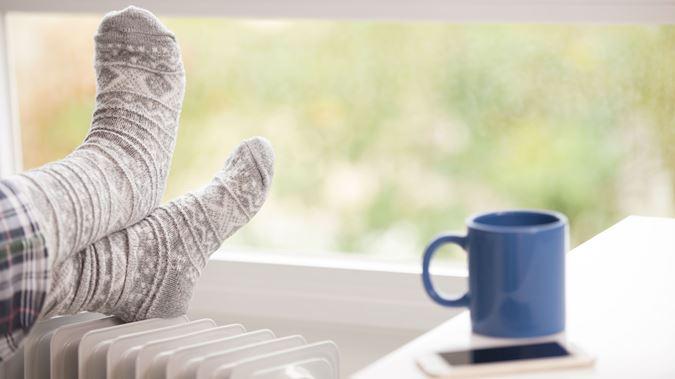
The Team from Age Concern New Zealand
If you have safety concerns for yourself, or an older friend or family member you can call us for free and confidential advice and support.
There are many reasons why elder abuse occurs. It often stems from attitudes that are ageist, and disrespectful of older people.
The majority of cases … View moreIf you have safety concerns for yourself, or an older friend or family member you can call us for free and confidential advice and support.
There are many reasons why elder abuse occurs. It often stems from attitudes that are ageist, and disrespectful of older people.
The majority of cases that Age Concerns work with involves older people living in their own homes. In most instances it is family members like adult children who perpetrate elder abuse or neglect.
Call 0800 65 2 105 to contact your nearest Age Concern
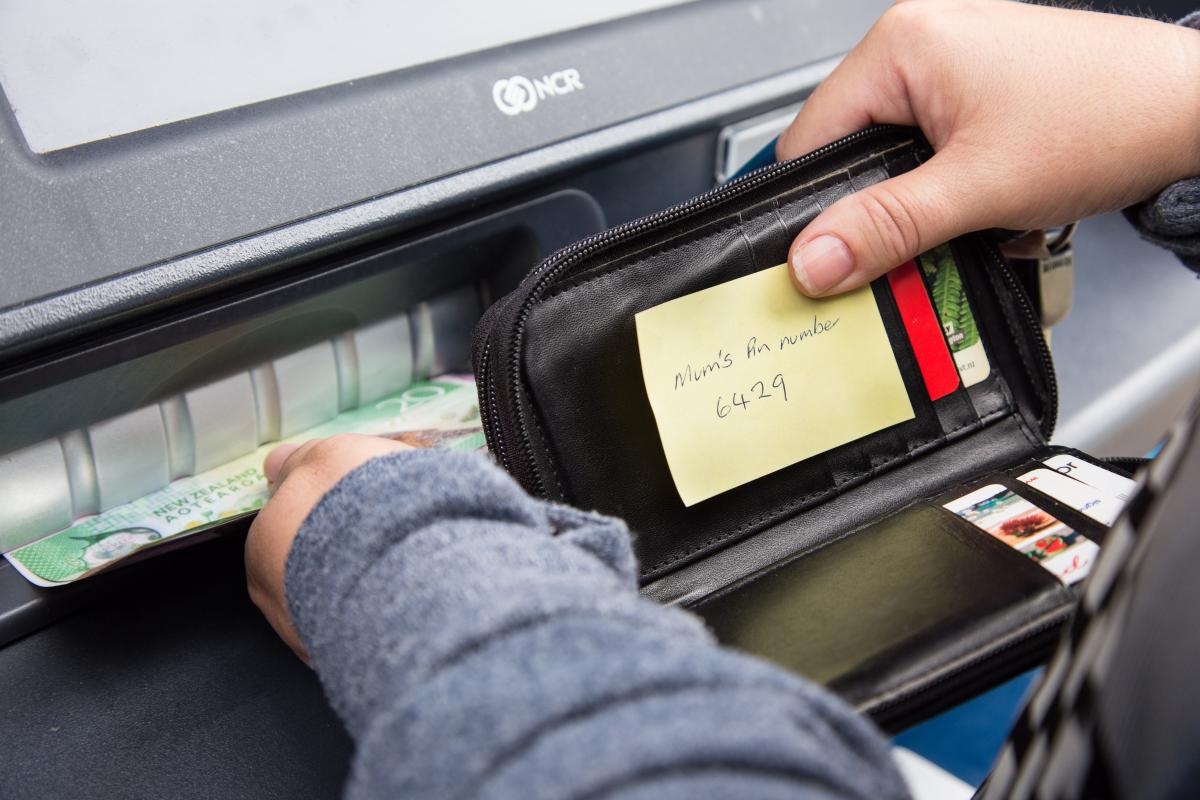
132 replies (Members only)
Our AGrowQuip service technicians took out a couple of awards at the Fieldays Tractor Pull.
Paul Mellow (left) took out the Sportsmanship Award.
Shawn Luxton (right) achieved First Place in the Weight Adjusted Tractor Pull in his 1998 John Deere 7810. 23 years old with 15,000 hours on the … View moreOur AGrowQuip service technicians took out a couple of awards at the Fieldays Tractor Pull.
Paul Mellow (left) took out the Sportsmanship Award.
Shawn Luxton (right) achieved First Place in the Weight Adjusted Tractor Pull in his 1998 John Deere 7810. 23 years old with 15,000 hours on the clock and still going strong!
Congratulations guys. Awesome work!
Our AGrowQuip Service technicians are ready and waiting to help you at:
- Cambridge – 169 State Highway 1B (Victoria Road)
- Hamilton – 8 Kells Place
- Pukekohe – Corner of Paerata Road & Comrie Place
- Silverdale – 2 Emirali Road
Or call us on 0800 TRACTOR (872 286)
Ps: We are also have loads of new stock at the moment: Ride-ons, compact tractors, larger tractors, excavators and construction machinery.
Find out more
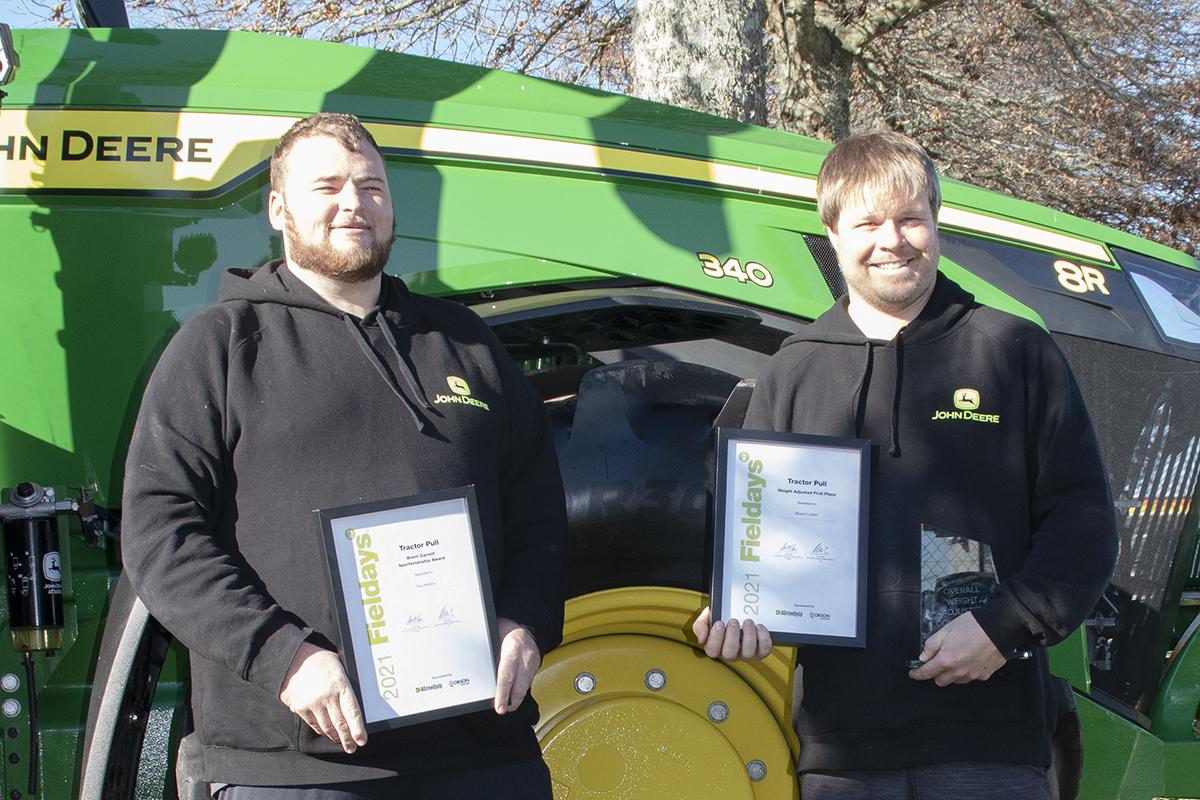
Robert Anderson from
Rainy days are the one thing parents do not need during the holidays, but they happen. We have great ideas for free or low cost rainy day activities when the kids must play indoors.
In a perfect world, every school holiday would be filled with blue skies and sunny days, but unfortunately … View moreRainy days are the one thing parents do not need during the holidays, but they happen. We have great ideas for free or low cost rainy day activities when the kids must play indoors.
In a perfect world, every school holiday would be filled with blue skies and sunny days, but unfortunately that’s not always the case – especially during Winter! It’s a good idea to have some inside activities up your sleeve for those ‘stuck indoors’ times. We’ve put together our favourite rainy day ideas for you to have on hand, just in case.
Let’s Get Physical: Just because you’re stuck inside, doesn’t mean the kids have to blob out and do nothing. In fact if one rainy day rolls into the next, they’ll be itching to move about and use up some energy. Try some of these ideas to get active while you’re stuck indoors:
•Make your own Ten Pin bowling alley by using plastic soft drink bottles and a rubber ball. Put a cup of sand or gravel in the bottom of each bottle to give them a bit of weight, and then arrange the ‘pins’ into a triangle shape at the end of the hallway. Children stand at the other end of the hall and take turns to bowl.Use your Ten Pin alley to fill in half an hour here and there, or arrange a whole tournament to take place amongst your children and their friends.
• Create an obstacle course that traipses through the whole house. I know it sounds like a nightmare to clean up, but it will keep the kids occupied for ages. Not only do they get to create the course, they then get to do it over and over. They can time each other to see who can do it the fastest, or experiment running the course backwards, blindfolded, or with their hands behind their backs. You’ll need to make sure the course is safe, so check it out before they launch into their races.
• Dancing is a great way to burn off some energy, so turn on some music and start moving that body. If you have a house full of kids, you could play musical games like statues or musical chairs.
Create your own Board Games: Board games are a great way to while away a few hours, but if your children are tired of the games you have at home, why not get them to make their own. Give them a large sheet of poster card, some felt pens, old magazines, scissors and glue, and let them go to it.
They’ll need to create their own rules, cards, counters and dice, and trust me – you’ll be amazed by what they come up with. The whole family can take turns playing each other’s games.
Keep reading: www.curtainclean.co.nz...
Mei Leng Wong Reporter from NZ Gardener & Get Growing
NZ Gardener is again looking for greenfingered good sorts – individuals or groups who have used gardening skills to help other people. Five finalists will feature in the October magazine and one will go on to become 2021 Gardener of the Year! There are some amazing prizes up for grabs so if you … View moreNZ Gardener is again looking for greenfingered good sorts – individuals or groups who have used gardening skills to help other people. Five finalists will feature in the October magazine and one will go on to become 2021 Gardener of the Year! There are some amazing prizes up for grabs so if you know a homegrown hero who is using their gardening skills for good, nominate them now!
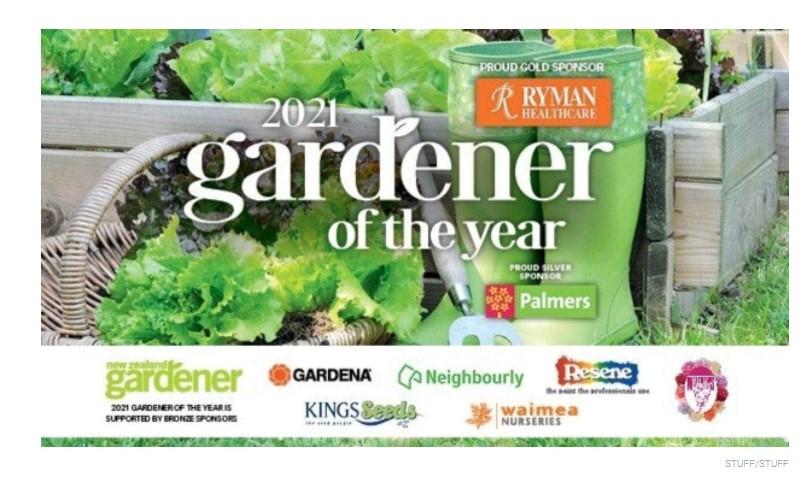
"Being deaf is no barrier to learning and seeing someone like me achieving qualifications and working in a job that has a lot of responsibility has hopefully encouraged them to give it a go.”
When Erich Krogmann started the Food and Beverage Level 2 qualification, he had to learn how to … View more"Being deaf is no barrier to learning and seeing someone like me achieving qualifications and working in a job that has a lot of responsibility has hopefully encouraged them to give it a go.”
When Erich Krogmann started the Food and Beverage Level 2 qualification, he had to learn how to balance study with a night job and a young family, but his main challenge came in the form of his hearing disability.
Erich says he thinks he’s inspired other people with a disability to take on training.
Read Erichs full story here

No one dreams bigger than an Olympian, and nothing connects us as a nation quite like sport!
As a proud partner of the New Zealand Olympic Team, we’re getting behind our Olympians so they can turn their dreams into a reality.
Learn more
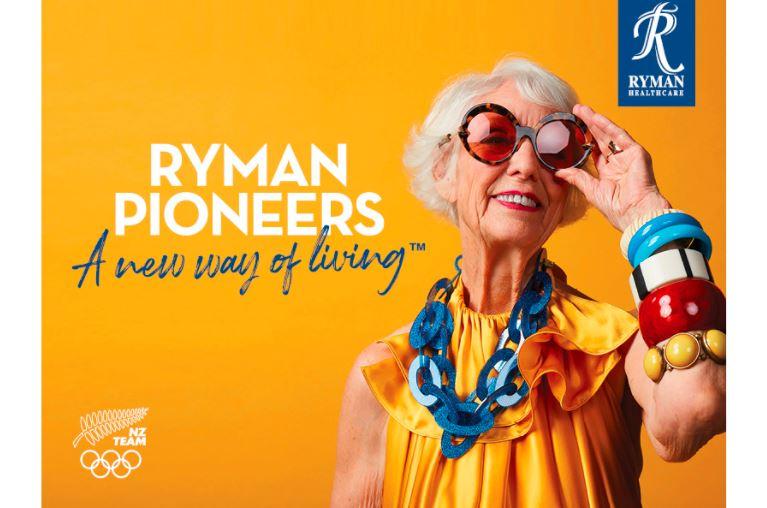
 Loading…
Loading…
Are you sure? Deleting this message permanently removes it from the Neighbourly website.
 Loading…
Loading…

 $560,000
$560,000



 Marketed by Michelle Stephenson
Marketed by Michelle Stephenson

 $915,000
$915,000



 Marketed by Michelle Stephenson
Marketed by Michelle Stephenson

 $639,000
$639,000



 Marketed by Michelle Stephenson
Marketed by Michelle Stephenson

 Auction
Auction

 Marketed by Michelle Stephenson
Marketed by Michelle Stephenson
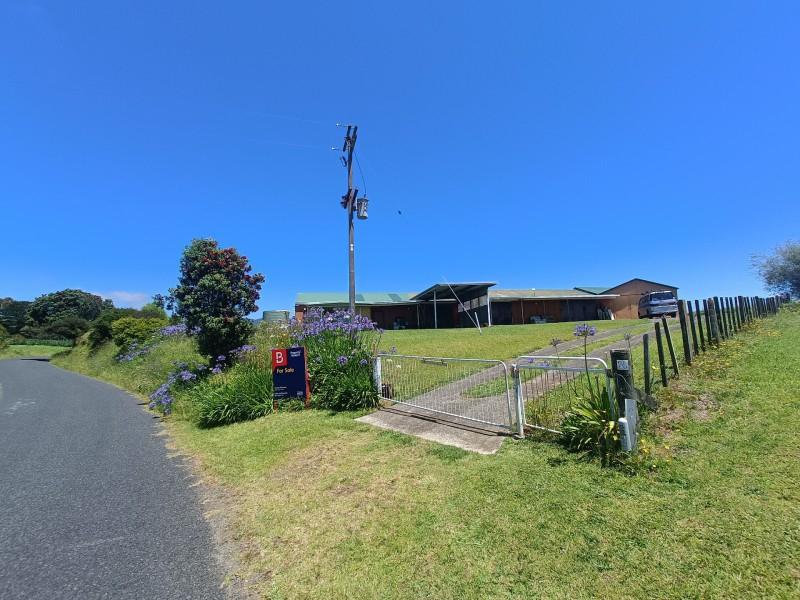
 By Negotiation
By Negotiation

 Marketed by Brooke Woolsey
Marketed by Brooke Woolsey

 Auction
Auction



 Marketed by Michelle Stephenson
Marketed by Michelle Stephenson

 Tender
Tender


 Marketed by Jami Botha
Marketed by Jami Botha
© Neighbourly 2025
